The latest revival of George Gershwin’s Porgy and Bess on Broadway provoked heated debate even before it opened January 12. The current arguments are a continuation of ones that have persisted since the opera was first staged more than 75 years ago. Its original run, beginning on Broadway in October 1935, lasted a disappointing 124 performances. That compared to 367 performances in 1927 for Porgy, the play by Dubose Heyward on which the opera was based.
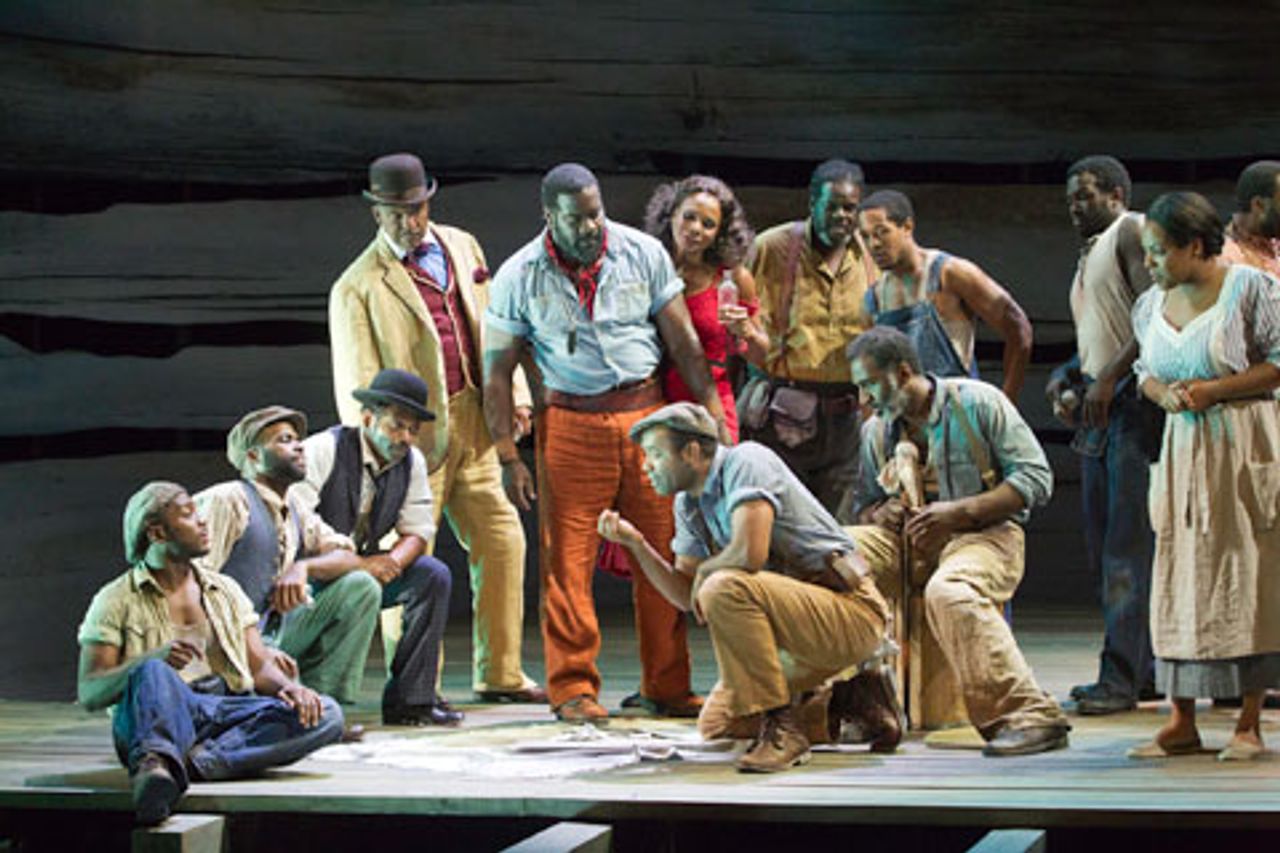 The latest Porgy and Bess revival
The latest Porgy and Bess revivalThe title characters, along with others such as Sportin’ Life, are recognized around the world. “Summertime,” “I Got Plenty o’ Nothin’,” “My Man’s Gone Now,” “It Ain’t Necessarily So” and other musical excerpts have become classics. The opera itself, however, is not nearly as well known.
Some critics questioned its pedigree as an opera from the outset. The composer’s insistence on combining jazz and blues idioms with classical composition techniques offended musical snobs. “Summertime” and other tunes “seemed too popular” for opera, one critic noted at the time. Similar doubts had greeted Gershwin’s earlier classical compositions, Rhapsody in Blue and An American in Paris in particular. The composer was best known for his Broadway musicals like “Of Thee I Sing,” “Oh, Kay!” and many others, but he was equally devoted to classical composition.
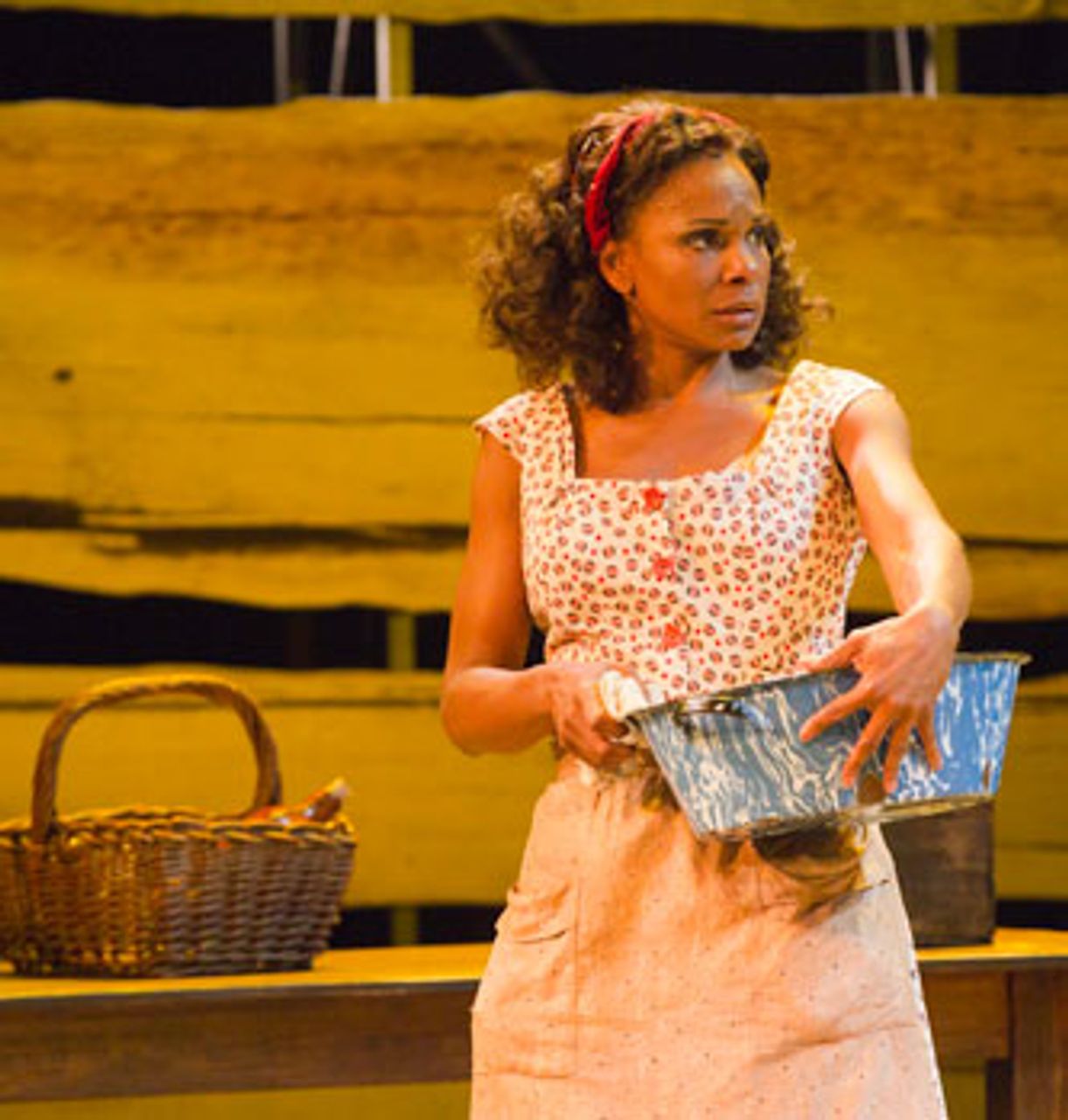 Audra McDonald as Bess
Audra McDonald as BessDisapproval of Porgy and Bess also came from other quarters. Some accused the libretto of stereotyping black Americans, using offensive dialect and portraying African-American life in a sordid way that would reinforce racial prejudice. These arguments are still advanced today, though usually in a more subdued fashion.
Heyward’s book, set at the turn of the 20th century, told the story of Porgy, a crippled beggar in Charleston, South Carolina, who falls in love with Bess, a beautiful but troubled woman, prey to alcohol and drug addiction, and dominated by her lover Crown, who treats her with scorn and abuse. She eventually returns Porgy’s affections. A series of tragic circumstances leads ultimately to a fight in which Porgy kills Crown. Meanwhile Bess, tempted by dope pusher and gambler Sportin’ Life, leaves with him for New York. The story ends with Porgy heading to New York to search for Bess.
Diane Paulus is the director of the latest production, a slimmed down musical version with a book adapted by Suzan-Lori Parks that opened first in Cambridge, Massachusetts before transferring, with additional changes, to New York. In explaining her aims, Paulus seemed to echo some of the earlier complaints. She spoke of modernizing Porgy and Bess, “excavating” it, and changing the role of Bess so that the “heroine [would] be an understandable and fully rounded character.”
Composer and lyricist Stephen Sondheim, whose own artistic lineage goes back to the age of Gershwin and some of his close collaborators, then weighed in with a letter to the New York Times that took sharp exception to Paulus’s comments. Sondheim objected to the insinuation that Porgy and Bess was a seriously flawed work, that George and (lyricist) Ira Gershwin did not understand their own characters, and also to reports that the story line was being changed to provide for a happy ending in the new version.
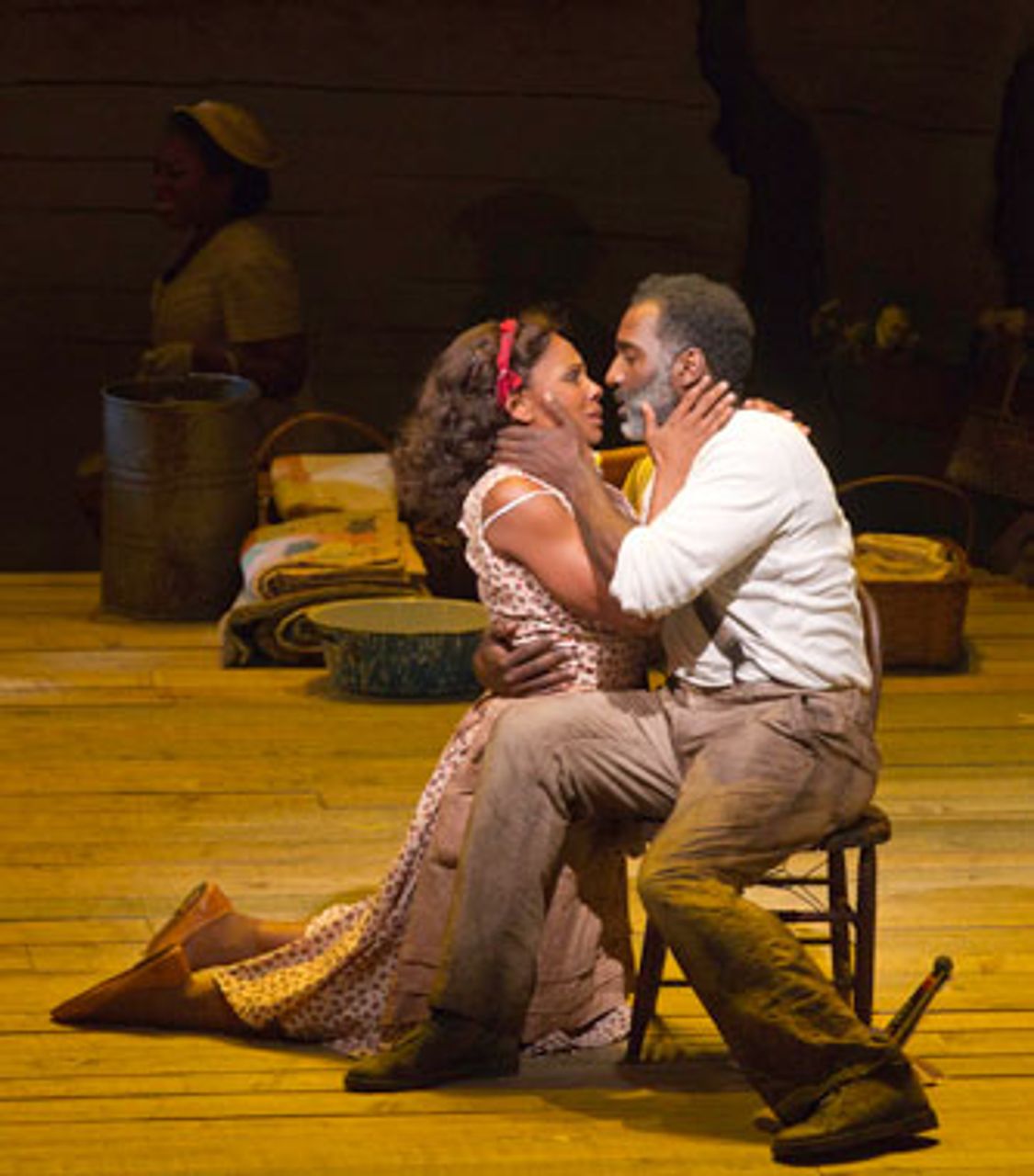 Audra McDonald and Norm Lewis
Audra McDonald and Norm LewisWhen the musical ultimately opened last month, the changes were far less drastic than originally suggested or feared. The “happy ending” was not added, although Paulus claimed that the decision had nothing to do with Sondheim’s criticism. Most of the songs and ensembles were included, although much of the music and most of the recitative, the “spoken song” between the main numbers or arias, was eliminated and replaced by condensed dialogue. Of course, as expected in a Broadway musical version, the orchestration was changed and drastically reduced.
There are many effective moments in the current production, above all the glorious music, songs and choral ensembles. The choreography, by Ronald K. Brown, is quite successful, and the cast is almost uniformly good and in a few cases better than that.
Audra McDonald shines as Bess. The Tony Award-winning actress and classically trained singer, who has appeared, for example, in the Los Angeles Opera’s production of Kurt Weill and Bertolt Brecht’s Rise and Fall of the City of Mahagonny, was both dramatically and vocally effective.
Most of the other main characters, despite heartfelt and effective acting, did not meet the same vocal standards. NaTasha Yvette Williams was a standout in the smaller role of Maria. Norm Lewis was appealing and believable as Porgy, but was less successful vocally. David Alan Grier as Sportin’Life and Philip Boykin as Crown were also dramatically effective and their singing was somewhat more successful alongside Ms. McDonald’s.
Despite these positive aspects, however, the new production falls short on the most important level. It simply does not convey the power of Gershwin’s music, the grandness and the full ambition of the work as conceived by George and Ira Gershwin and Heyward, who wrote the book and collaborated closely on the opera, writing most of the lyrics.
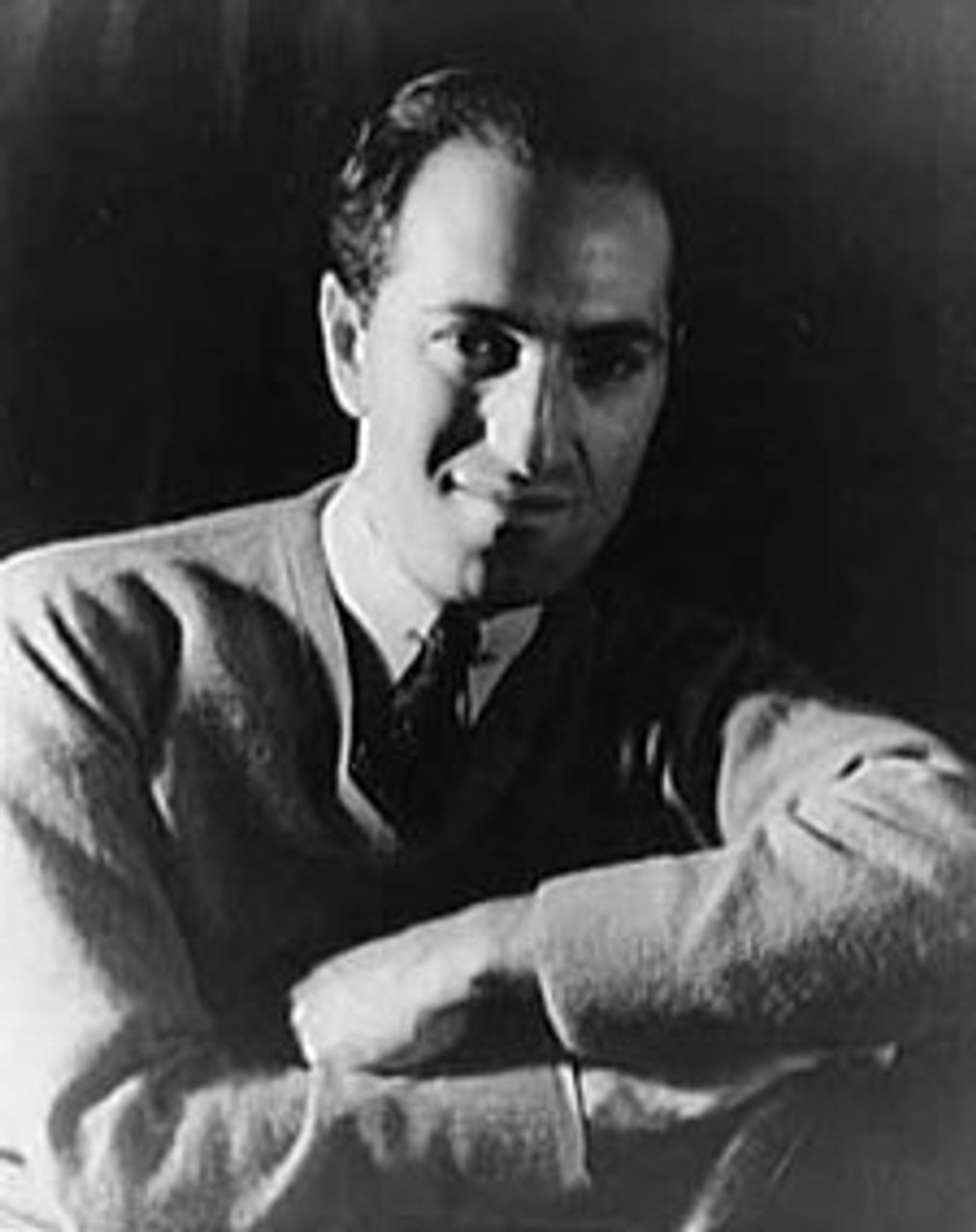 George Gershwin
George GershwinThe reorchestration and the elimination of the recitatives together produce a result that is less effective both dramatically and musically. In an effort to move the action along more quickly, the new production ends up telling a less compelling story, one that is at times difficult to follow. The two and a half hour musical does not pack the emotional and dramatic power contained in the longer operatic version.
Among the most telling moments was the finale itself, “I’m On My Way.” Porgy and the ensemble sing of his determination to follow Bess and find her in New York. A comparison of the current version on Broadway to the DVD of the 1993 television version, based on the 1986 Glyndebourne Festival production in England and shown on BBC in Britain and on public television in the U.S., is revealing. The strength of this earlier operatic version is sadly missing with the reduced and amplified orchestra and, with the exception of Ms. McDonald, the non-operatic voices.
Ms. Paulus is not the first director to conclude that the way to reach a larger audience for Porgy and Bess is to minimize its operatic elements. In fact, the effort to turn the opera into a musical goes back almost to its beginnings, with a 1942 Broadway revival that drastically cut the original version and was more successful financially.
A touring production in the early 1950s presented the work in more operatic form, with Leontyne Price, the legendary soprano who later became one of the most famous opera singers in the world and who celebrates her 85th birthday this year, appearing as Bess at the age of 24.
It was not until 1976, however, that Porgy and Bess appeared in an American opera house and with its complete original score. The successful production by the Houston Grand Opera was followed some years later by the 1985 Metropolitan Opera staging, a historic first for that institution, with an all-black cast. There were a respectable total of 54 performances of that version between 1985 and 1990. The opera has not been heard at the Metropolitan since, however, although it has been presented by the New York City Opera, the Michigan Opera Theater, the Washington National Opera and internationally as well.
More than three-quarters of a century since its premiere, the musical importance of Porgy and Bess cannot be denied. It is one of the greatest, if not the greatest American opera of all.
Here it is necessary to consider what makes Porgy and Bess an opera in the first place. Musical theater—including, to give just a few examples, operetta such as Gilbert and Sullivan and the American musical, to which George Gershwin himself made such imperishable contributions—has a justly proud tradition. There is not always a sharp dividing line between musical and opera, as shown by the examples of Leonard Bernstein’s Candide and Weill’s Threepenny Opera, Mahagonny and Street Scene, for instance.
The most basic distinction between opera and musical lies in the different relationship of words to music in each. In opera, the music drives the action forward, and therefore plays the more dominant role. In musicals, lyrics perform that function. From this standpoint, Porgy and Bess was clearly conceived as an opera, and succeeds best when presented as such.
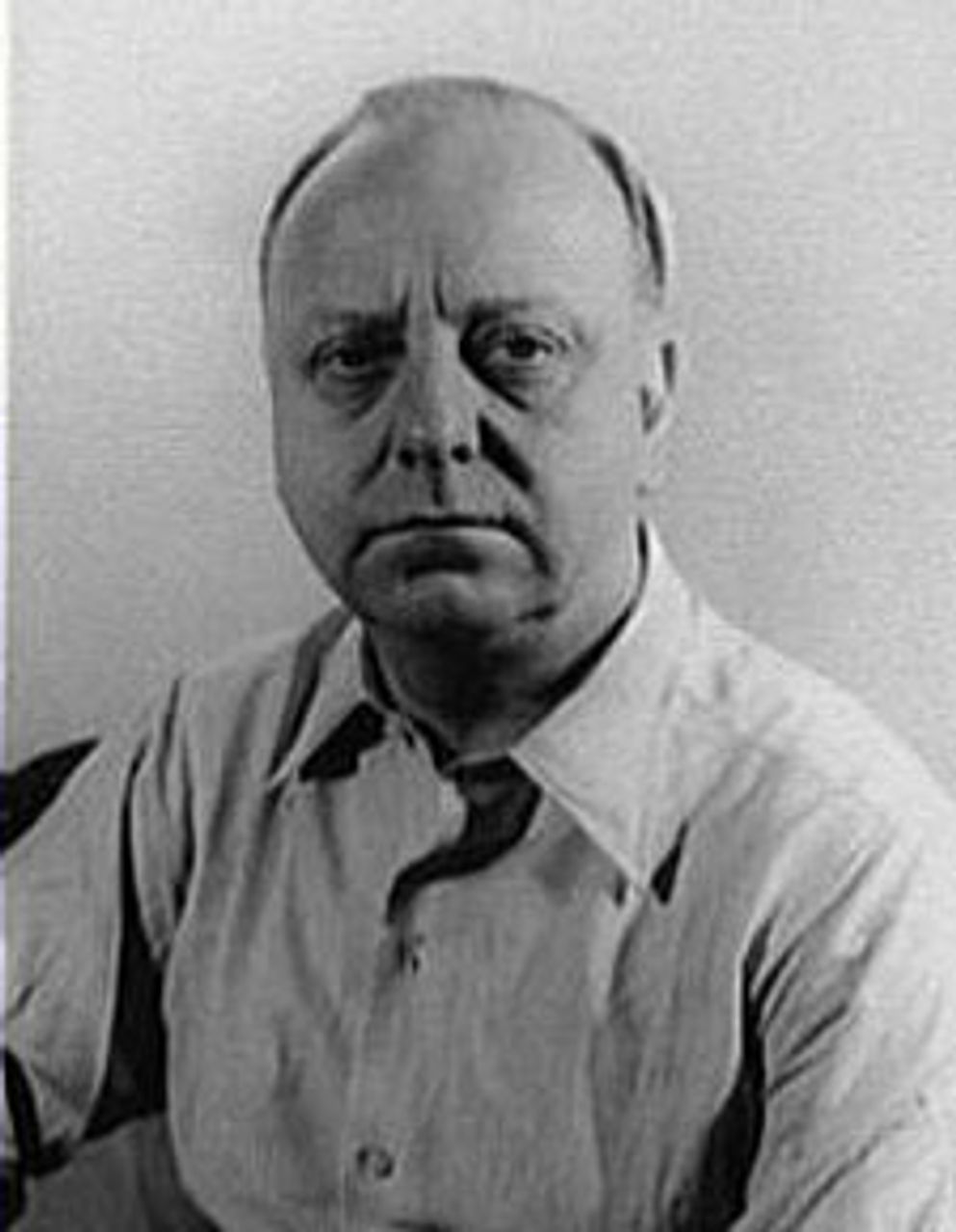 Virgil Thomson
Virgil ThomsonThe near-unanimous praise for the music of Porgy is a refutation of the narrow and in some cases petty criticisms that were leveled at it when it first appeared. Composer Virgil Thomson, the future music critic of the New York Herald-Tribune, was particularly scathing, calling it “crooked folklore and half-way opera.” Thomson, who had collaborated with Gertrude Stein a year or so earlier on the avant-garde opera Four Saints in Three Acts, which also had an all-black cast, was quite possibly envious of Gershwin’s achievement.
While Thomson was disdainful, many other classical composers, including Darius Milhaud, Maurice Ravel and even Arnold Schoenberg, the father of the twelve-tone school of composition, had the highest respect for Gershwin’s talent. Gershwin’s masterful fusion of jazz and classical music, which had begun more than a decade earlier with Rhapsody in Blue, reaches a high point in this opera. As one musicologist wrote, it “represents Gershwin’s most effective mixture of musical elements: folk (blues, spirituals, gospel), popular (blues, jazz, Tin Pan Alley), and classical (the recitatives, the use of the academic fugue and canonic techniques, the aria, the leitmotif).”
Porgy and Bess succeeds not only as music but as an artistically conceived whole. The opera’s composition coincided with the years of the Great Migration, which saw millions of African-Americans move from the former states of the American Confederacy to the North between the second and seventh decades of the 20th century. This was also the period of the Harlem Renaissance, the cultural and intellectual movement that emerged in the 1920s, accompanying this momentous social change, and included such figures as Langston Hughes, Countee Cullen, Jacob Lawrence and W.E.B. Dubois, and was closely intertwined with the development of jazz during this period.
The Harlem Renaissance reflected the activity and thinking of different social layers. Many black artists and intellectuals moved to the left, while at the same time a black petty bourgeoisie that aimed at taking its own place within the capitalist order was also developing. It was among this section, in particular, that Porgy and Bess was criticized as placing African-Americans in a bad light. It was allegedly not a “credit to the race.” There were some who voiced the reactionary view that Gershwin, as a white man, could not possibly understand black characters and black life.
Diane Paulus does not make this charge, claiming that the issue is one of dramaturgy and not race. At least one of the admirers of the new production, however, New Yorker theater critic Hilton Als, places the issues of race and identity politics front and center in an article on the new production that he wrote several months ago.
Als manages to combine fulsome praise for the revival with contempt bordering on hatred for the original opera on which it is based. He claims the new version is a “politically radical and dramaturgically original musical adaptation.” At the same time, he cannot contain his annoyance with the fact that this American opera about African-American life was written by whites, that it is, as he puts it, “a show about black people, created entirely by white people.” This he clearly considers some kind of affront.
While granting that Sondheim “is one of the chief architects of the contemporary American musical,” Als goes on to dismiss Sondheim’s criticisms of the denigration of Porgy and Bess on the grounds that [Sondheim’s] “professional world is a white one.”
As far as Als is concerned, Porgy and Bess “has never been a favorite of black audiences. In traditional stagings, Porgy and Bess come together amid their community’s will to destruction; there is no uplift, just sweat, blood, carnality, and resignation.”
The critic does not back up these charges, nor does he try to explain how Gershwin could have written such magnificent music on the basis of disdain and disrespect for his characters. One is struck, in fact, in reading Als’ article, by how indifferent he appears to be to the music itself.
The claim that Porgy and Bess is based on ignorance or racial condescension could hardly be further from the truth. Of course, the libretto inevitably reflects the period in which it was written, and parts of it may appear dated or limited today. That does not detract from its historic importance, however, nor justify wholesale revisions.
Porgy and Bess brought to a wider audience the conditions faced by a layer of the African-American working class, their fundamental humanity and aspirations. Gershwin’s political views by all accounts did not go further than New Deal liberalism, but he clearly was an opponent of racism and segregation.
When Porgy and Bess toured and arrived in Washington, DC, the nation’s capital was a Jim Crow city. The stars of the production, Todd Duncan and Anne Brown, refused to perform to a segregated audience at the National Theater. Under pressure the theater agreed to desegregate, but only for the duration of the performances.
As for the seriousness with which Gershwin took the job of creating the opera and understanding his characters, the composer reportedly spent eleven months composing the music, from February 1934 to January 1935, after Heyward sent him a libretto based on his play. The next nine months were devoted to orchestrating the opera. The composer also spent time in Charleston, in the African-American Gullah community, where he found a warm welcome and participated in some of the musical life of the people.
Gershwin’s work is permeated by a democratic sensibility. This is true not only of Porgy and Bess, but of the composer’s entire career. It was characterized by a struggle to expand the audience for classical music, breaking down barriers that stood in the way of the cultural development of the mass audience for whom he sought to write. Gershwin brought the opera to Broadway instead of the Metropolitan Opera because he sought a bigger audience and insisted on an all-black cast.
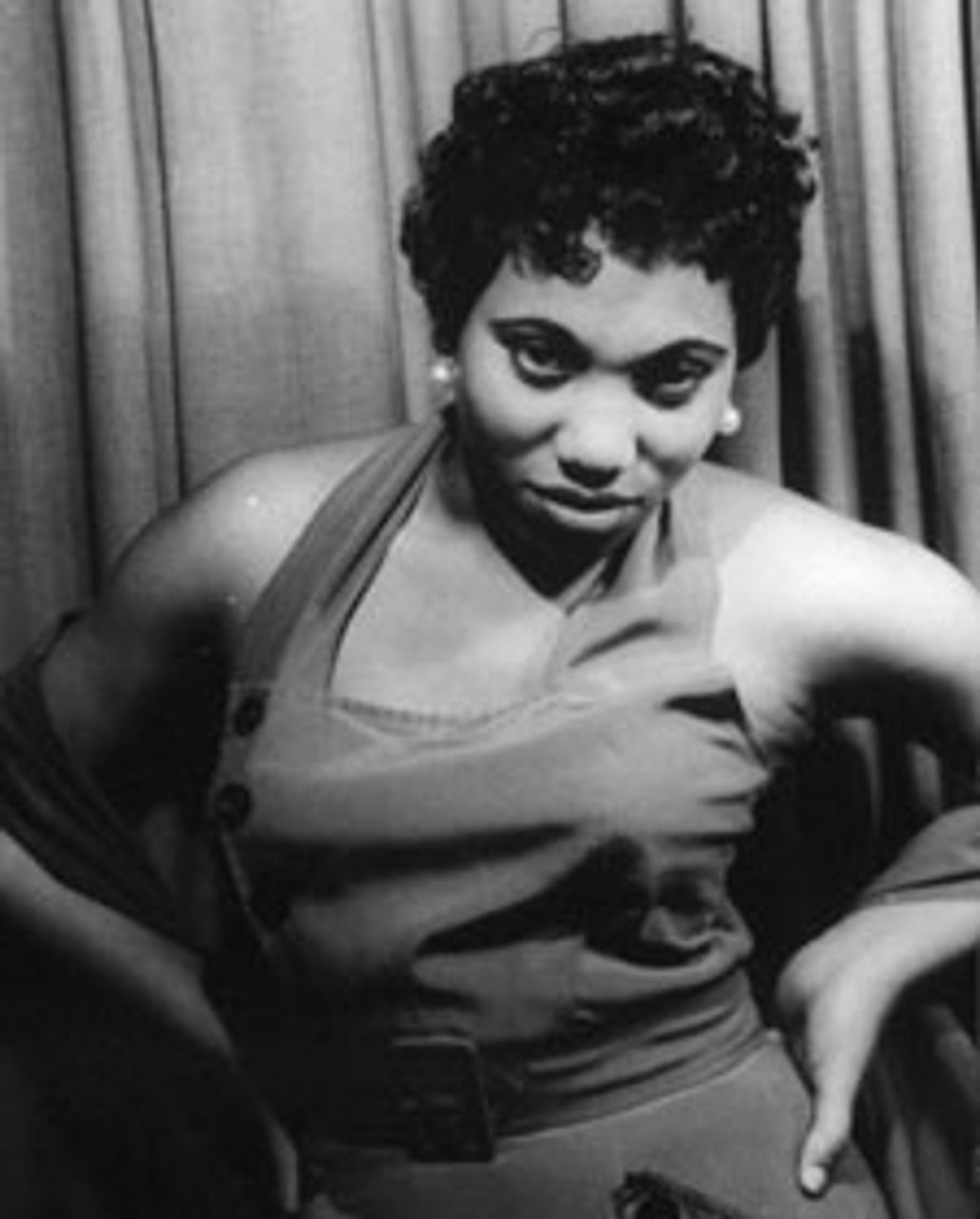 Leontyne Price
Leontyne PriceIn the climate of Jim Crow, some skepticism about Porgy and Bess on the part of black artists was perhaps inevitable, but those who gave the work a chance and saw the broader themes involved were won over. Paul Robeson briefly played the role of Crown in the 1927 production of the play, and recorded some of the songs from Porgy and Bess in 1938. Others who have appeared in it include, in addition to Price and those who originated the roles, Cab Calloway, William Warfield, Sidney Poitier and Pearl Bailey.
No one is suggesting that Porgy and Bess should never be looked at anew. New stagings over the years have striven to bring out its essential themes. Reviews of the 1976 production made clear the tremendous response from integrated audiences, as well as the deep involvement of the African-American cast itself in making the story come alive. A viewing of the 1993 production of the opera for television reveals a deeply humane and gripping story of love amidst tragedy, poverty and oppression.
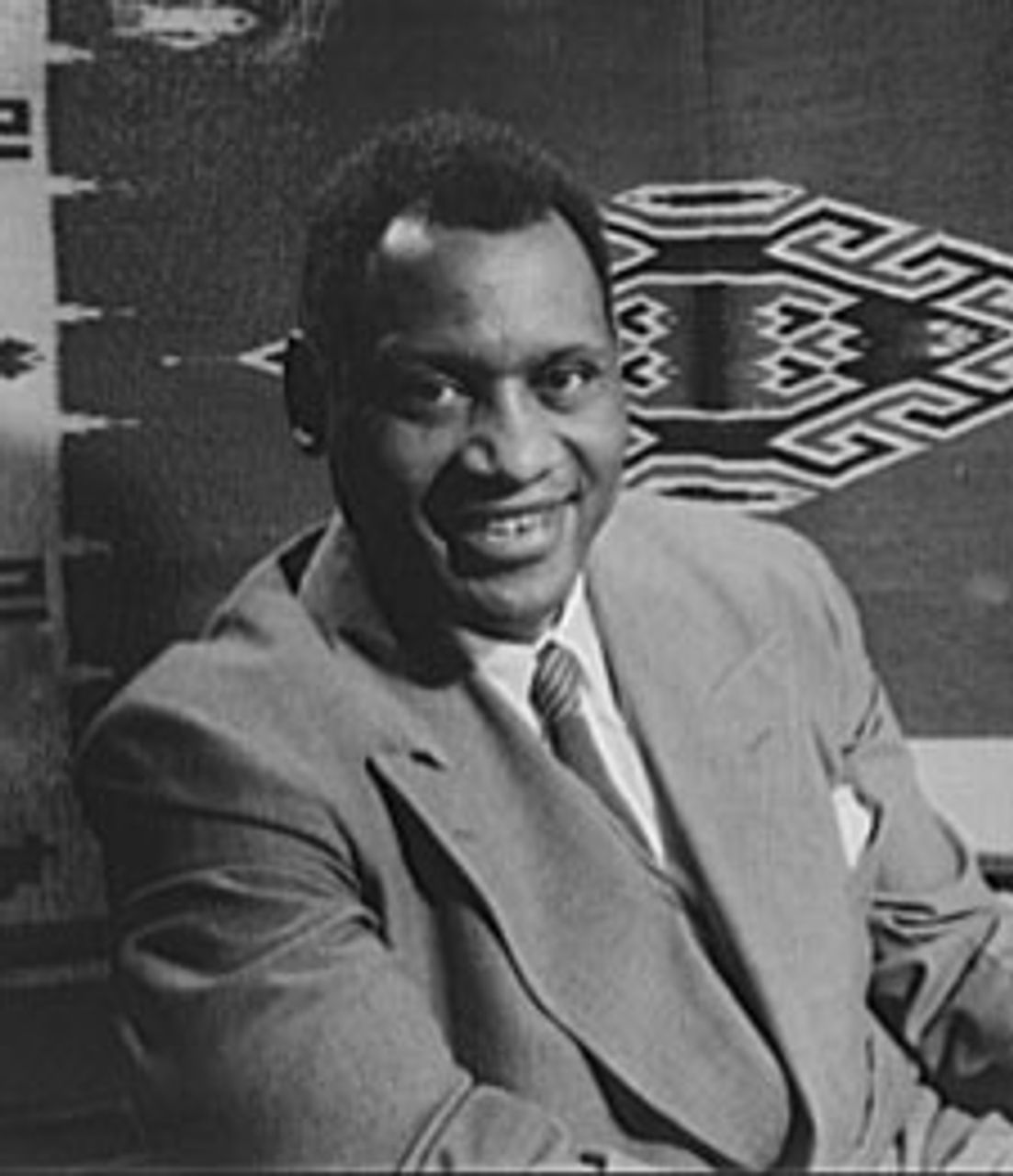 Paul Robeson
Paul RobesonThere is another ingredient in what can only be called the ongoing efforts to diminish this opera. The “excavating” of the opera is connected to commercial motives of the Gershwin estates. In a recent report the New York Times referred to what it called the “rising entrepreneurship of heirs.” This article reports that the heirs “describe themselves as business-minded stewards more than artistic tastemakers.” They hope to create a successful musical that can be turned into a new source of income in future decades. In the meantime, they say, the original opera will be available to opera companies.
But what prevents new productions of the opera? New York Times critic Anthony Tommasini ends his review of the new revival by asking, “why did this production team assume that a version of the opera closer to the dimensions of what its creators wrote would not captivate audiences who are new to it?”
The answer is bound up with bigger questions. The actions of the Gershwin estate are not simply those of misguided individuals. They reflect the trajectory of contemporary capitalism, and its negative impact on cultural life. The danger is that purely commercial and profit-making considerations will lead to the presentation of an increasingly diminished Porgy and Bess to new generations.
The defense of Porgy and Bess against its various critics, while not itself a directly political task, is bound up with the preparation for a new period of struggle and social and political ferment. A fresh burst of musical creativity will accompany this, and new generations will find much to admire, enjoy and learn from in this opera.
